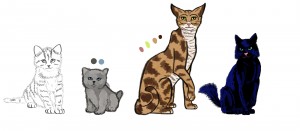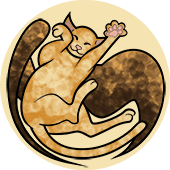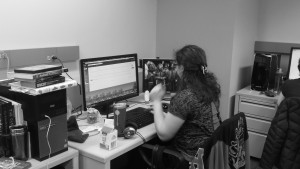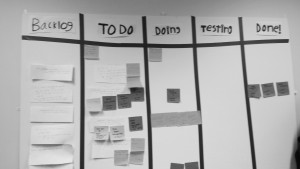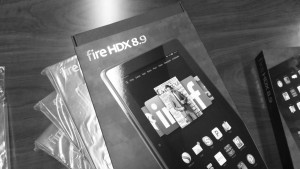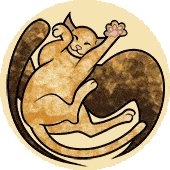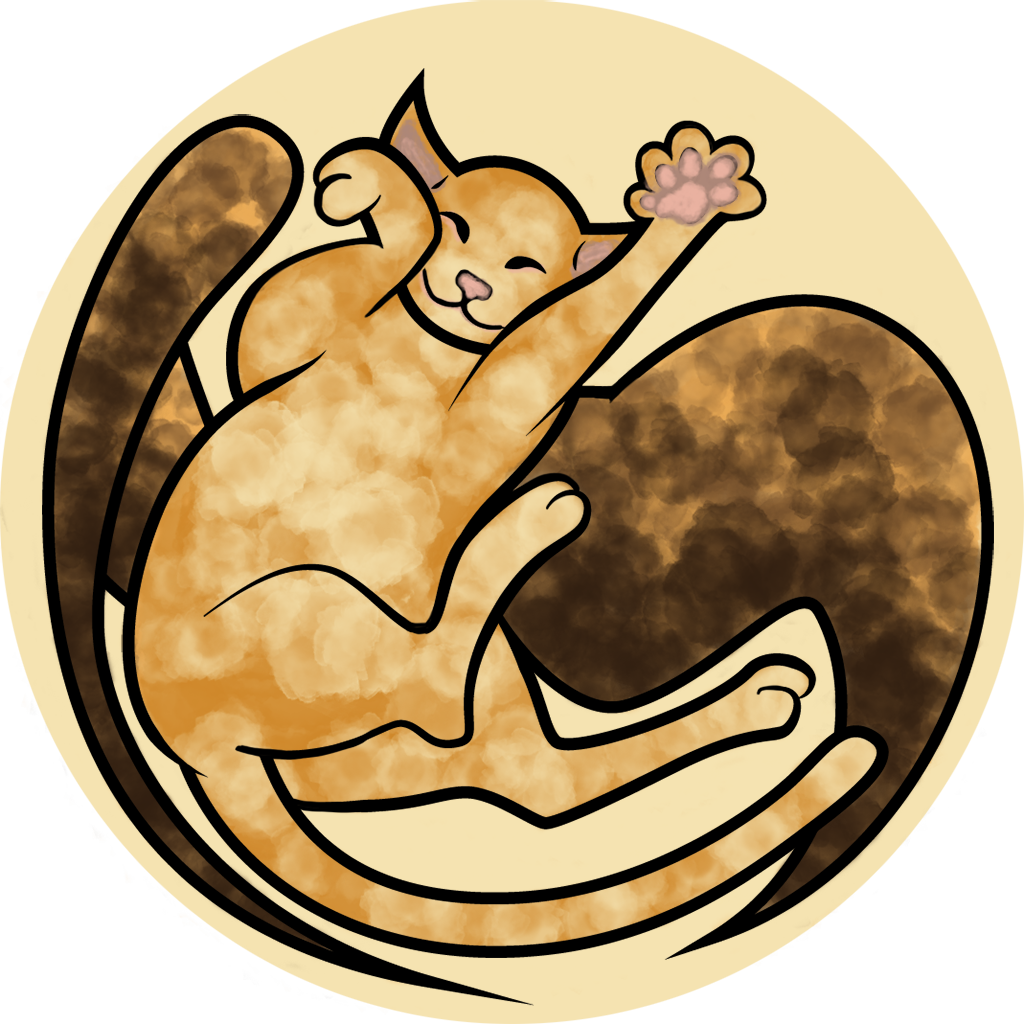Newsletter
-
Week 7
February 23-27
At this point in the semester, we’re comfortably in the production phase. Pre-production’s over – design rules have been decided, and we’re all focused on making content. The story is close to done, with only revisions on 4-6 left to apply before a content lock. As for last week’s goals, we didn’t manage to complete chapter 3.
Hannah’s been making illustrations. Allen made a cool Unity plugin for Laura to add content to the project. I applied the most recent batch of Jane’s edits for 1-3, and am finishing 5-6 to hand off to her again. Will set up a meeting with researchers at HCI on main campus, who pointed us to lots of relevant research. For example, Richard Mayer and his five principles for reducing extraneous processing (keeping all the media coherent).
Today, we’re going to meet with Jane and give her a Kindle loaded with the most recent build. Next week, only Laura will continue working on Chapter 3, the rest of the team will be at GDC.
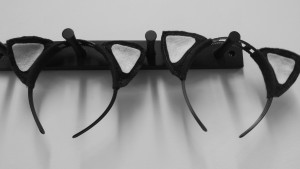
We’re bringing these.
continue reading -
Week 6
February 16 -20
Chapter One is on the Kindle.
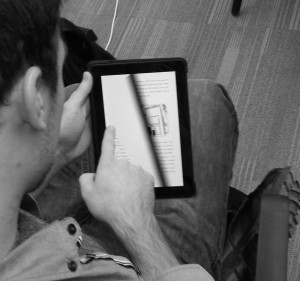
Chapter One
For the upcoming sprint: Chapter Two and Chapter Three. It’s a stretch goal, especially with the amount of illustration slated to finish (10+ images), but we’re trying to push before the time sink of GDC + Spring Break are upon us.
We’ve absorbed a lot of feedback. At this point, our goals can be broken down into three categories: Entertainment, Usability, and Art. This came up when we were talking to Heather Kelly last week. We mentioned that during Quarters, some of the faculty asked about features of standard e-books – the ability to move between landscape and portrait views, or to change the size of text. Instinctively, the team hesitated to say we’d make that happen. This hesitation brought to light the priorities of this project. Usability is one of them, but prioritized after the other two. The next most important is Entertainment – we want to produce a complete story that’s enjoyable. First, however, is Artistic Vision – for the digital content to break new ground in the language of digital media.
For example, we added a parallax image to the first chapter – an illustration of Summer looking back over her father’s shoulder at her mother and sister. She’s angry and hurt at this point, and we hoped that portraying the physical distance between her and her mother and sister would help relate the emotional distance she’s feeling.
Laura made this browser-version of the parallax image test. She’s also been curating sounds. Will’s been setting up playtests with local schools. He also reached out to some psychology/HCI researchers on main campus who have studied the intersection between illustrations and reading comprehension. I’ve been editing the story, and working with Laura to layout the pages in InDesign. Allyn’s polishing some of the features from Chapter One, as well as developing a sound manager system. Hannah has been making lots of illustrations.
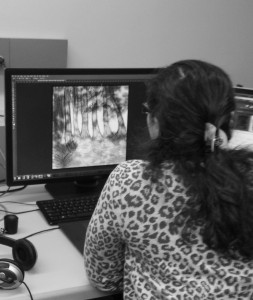
Working on Illuminated Letters
On Monday, Hannah, Laura, and I learned how to use the laser cutter. Laura made a vector based version of our logo so we can potentially make promotional material with the laser cutter. Many options.
continue reading -
Week 5
February 9 – 13
Monday was Quarters. The team met with all of the faculty round by round, and pitched our project. There were some recurring comments. One was a concern about how we are going to test our ideas. Remember, the driving hypothesis here is that we can use features specific to a digital format to enhance a story – but how do we test whether a story is enhanced? What does “enhanced” mean? What questions do we ask our playtesters to prove this?
We talked about it: to enhance, for our purposes, is to create more immersion within the world of the story. So, our digital features will be building on the characterizations, setting or plot advancements of the tale. One way to test their effect would be to ask playtesters about the content of the story. This establishes whether story elements are communicated better when accompanied with extra features or a normal e-book presentation.
On Tuesday, Jane Bernstein, our client at the English Department and story editor, delivered her first round of edits of the first full draft of the story. It’s been great to get an extra pair of eyes on the story.
Laura finished a piece of ActionScript that takes a sequence of pngs and automatically applies a fading transition and cuts it down to a choppier frame count, achieving a flip-book quality animation. We think animation presented this way is more in theme with the experience of a book we’re trying to create.
For the upcoming sprint, we want to implement Chapter 1 – having it on the Fire, enhancements and all, for Thursday.
continue reading -
Week 4
February 2 – 6
The week before quarters: our team has an e-reader prototype running on the Fire, implemented design features from last week’s meeting, finished our branding, and have a working draft of the story, chapters 1-6.
We had a visit from ETC alum Emmanuel Eytan on Monday. He had a lot of great advice and was a wealth of resources about interactive stories. He specifically held Monkey Island up as one of the best uses of interactivity moving a story forward, crediting storyteller Ron Gilbert.
As a team, we struggled with how to communicate the design challenge of our story effectively – it’s really all about reading. Anything extra (sound effect, animations, etc.) are built on top of the existing structural breaks of a book (page turns, chapter beginnings). Dave Culyba helped us refine that idea later in the week, see below. We decided to try and use the phrase “reactive” instead of “interactive” as a way of explaining the mechanics of the digital experience. Epiphany for us, but this immediately caused problems:
On Wednesday, the whole team attended the playtest refine workshop. We had put “reactive, not interactive” on our composoition box, and the first comments we received from our peers on that particular part were “what?” and “this doesn’t make sense”. Fair. We knew we had to come up with a better way to communicate, especially with Quarter* reviews on the following Monday.
The workshop also gave us a great opportunity to think about what role playtesting will take on in our project and what we want to get out of our playtesting questions. It helped refine the Major Design Question (MDQ) about the tension between the experience of reading and the extra ways we want to enhance the story. We also took our team photo!
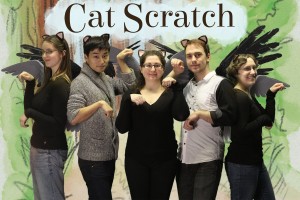
Ears by Hannah, Editing by Laura
We had a meeting with Dave Culyba on Friday that was very enlightening for the whole team. We told him about our primary decision to incorporate page breaks into the book, and how we only wanted to build reactive features around those natural stops in the story. “I would really think about ways to incorporate your own breakpoints into the book,” he said, “Have you thought about breaking up the pages into paragraphs that become visible as you tap?” He also pointed us to other mediums like radio dramas, stage performances and audio books as an inspiration. The performers here need to know the intent behind the written word, and often use music, sound effects and timing to enhance the message.”This is an interesting design space, and I’ll be really angry if I see you making easy decisions.” Roger!
Cocos2D is out, and we’re back on good old Unity! Allyn has both taps and long-presses working as a method to turn pages on our virtual book, and a beautiful shaded animation accompanying it. Feels really good to turn the pages. Reminded me of past ETC-project, the Ben Franklin Synthetic Interview on display on the first floor of our building.
Hannah has invested a lot of time in getting the characters to look cohesive, and to decide on a style. We’re using water colors and pencil, and opting for a more realistic feel, taking inspiration from Beatrix Potter, Jan Brett, and our stand-by: E.H. Shepard’s Winnie the Pooh. My personal favorite Hannah-creation of the week is this rendering of Willow (custom cat-ears a close second):
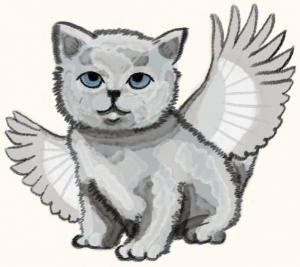
Heart of Gold, Wings of Chickadee
And finally, Cat Scratch is on Pinterest! If you’re interested in the character and style inspirations, follow our board.
*For non-ETC’ers, Quarters mark a quarter of the way through our production timeline. At this point, the whole faculty goes on rotation around all the ETC projects to learn about what we’re doing and to give advice. It’s a project’s first impression to most of the faculty.
continue reading -
Week 3
Jan 26 – 30
Week 3 has come and gone. We’ve made some significant progress, the most tangible being the art produced by our in-house artist Hannah as well as Fiona Yu, who’s contributing art all the way from California. Hannah and I collaborated on character design, and she crafted the above illustration. It really brought the characters to life in a new way, providing details about their size and patterns. Fiona provided some concept art last week, and has also been working on environment art.
The team also prepared for the upcoming formal branding review, finalizing the poster, half-sheet and logo (below).
The story draft keeps progressing, with chapters four, five and six drafted, and an epilogue to come. On Tuesday, Jane Bernstein and I met and reviewed her edits for the first three chapters. Among her feedback was advice on how to best invite readers into the story with a compelling inciting incident.
Meanwhile, Allyn had created a prototype with Awesomium, where tapping on an html doc rendered in Unity turned to the next e-page. However, as a team we decided against html in favor of pdfs in order to give artists more control over page composition using inDesign. So, Allyn got another page-turning prototype running on our Fire using CoCos2D.
We also had our first design meeting! We met as a team, each of us coming in with ideas, and then made decisions about core design (and Will was happy that the meeting clocked in at under an hour). The guiding agreement was that the primary interaction of reading should be as undisturbed as possible, unless there is a justified story-reason to interrupt it. Here is a sampling of the choices we made:
- Page turning, instead of scrolling through text.
- Choppy, flip-book like animations.
- A chapter index and bookmarking feature.
-
Week 2
January 19th – 23, 2015
This week marked our first official sprint planning session. On Thursday, Will lead the team through sprint processing and planning, and we all contributed SCRUM stories – pieces of the product framed within the perspective of a specific person, like a user or a developer – and prioritized them on our SCRUM backlog. These stories spawned specific tasks that teammates were able to claim. We’ve got about 120 hours of work planned for this sprint!
Laura has been making progress on the website, implementing our style choices and formatting the mobile version of our site. Hannah has been generating art content for the logo and the poster, which we were able to show to John Dessler, Shirley Yee and Ruth Comely. Allyn has been testing an HTML UI engine, Awesomium in anticipation of rendering our text over a 3D scene. And the textual content is still in progress! The portion that is, as of yet, written will be sent to Jane Bernstein, a professor at the CMU English Department, for her review over the weekend. We’ve also got a big design meeting planned, where we’ll brainstorm features we want to include in our digital story experience.
And last but not least, we received these beauties today:
continue reading -
Week 1
January 12-16, 2015
It’s week one here at the ETC. Team Cat Scratch met for the first time on Monday, January 12th. The project description: creating an interactive story for the new Amazon Fire Tablet. The ambition is to take a text-based story that would normally be presented in print and transform it into a digital format, augmented with different types of media that don’t detract from the process of reading. Our five teammates are: Laura Weber, Hannah Turner, Allyn Chen, Shirley Park (me) and Will Hagen.
This week, we have been able to look at precedents for the type of app we want to produce. Prominent examples include Device 6 and Motion Comics, both of which are applications that present text-based stories using a variety of creative UI methods. Looking at these sparked discussions about the possible directions we want to take the story – do we want to make a dynamic “fishbowl” 3D scene, do we want to publish on the Amazon Appstore, are we sure we want to use the Fire?
We definitely want to use the Fire. You heard it here first. However, the other questions will have to be answered after we start making prototypes. Our programmer, Allyn, is looking into tool research. As of now, he’s proposed overlaying an html layer of text over any 3D or moving parts within Unity. Our artists, Laura and Hannah, met with Professor Shirley Yee to consult over design and were able to make some stylistic decisions. I (Shirley) am plugging along with writing the story, and Will’s been diligently equipping the team.
P.S. We also attended the Playtest Explore Workshop, and brainstormed for two hours with some people from HCI. We got some good feedback by asking the exploratory question: “What would make your reading experience better?” with responses ranging from comics to sound.
continue reading
